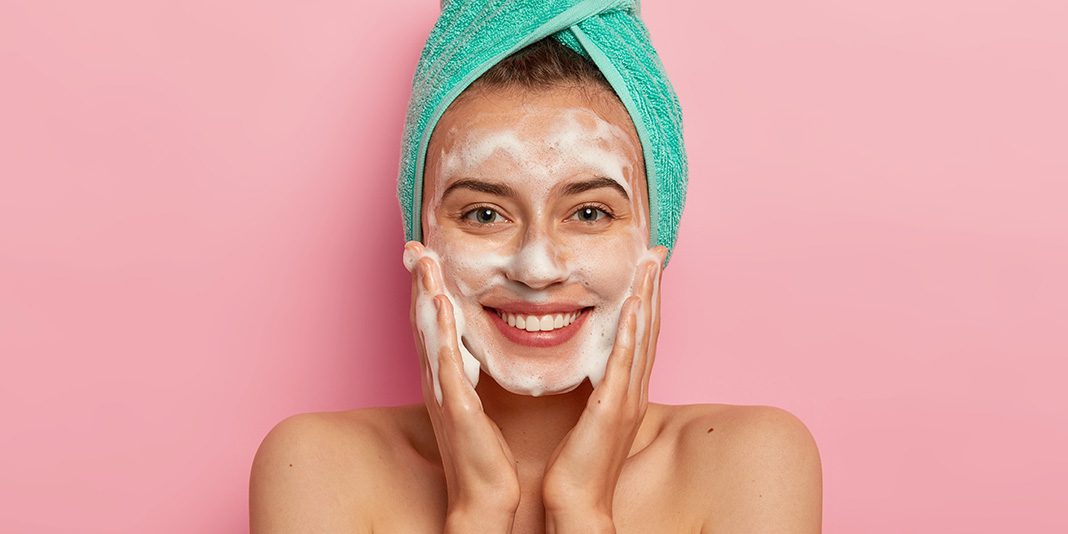Exfoliating your skin should be a priority. But, there are good and bad ways to do that.
Over exfoliating can damage your skin. But, even with this fact being common knowledge, some people just cannot let go of their favorite scrubs.
Sure, a sugary scrub feels lovely. The sensation makes it feel like you are buffing away at uneven skin texture. You have a nice glowy appearance afterward and feel like it made an immediate difference.
But, what is that result really? Sure, you are getting rid of dead skin cells, but the roughness of such scrubs can be doing real damage. Your facial skin is sensitive and needs gentle exfoliation.
You love the immediate results because the irritation from sugar or salt scrubs gets the blood flowing. The scrubs may actually be scratching your skin. Those scratches are called micro tears and aren’t visible to the naked eye, at least not right away.
They can cause serious damage that can lead to long-term sensitivity and irritation. Not to mention, they strip the skin of its necessary moisture barrier. That barrier protects the skin.
But right after you use a scrub, they may make your skin look plump and glowy, making you believe they are doing their job.
Your facial skin is so delicate and needs exfoliation with something much more gentle. A chemical exfoliant uses ingredients to help the skin shed unwanted and unneeded layers. This can sound intense, but it is much safer.
Consider how you clean your floors. You use some sort of detergent to break up the dirt before wiping it away with a mop. You don’t take a rough brush and just rub all over your floor. That wouldn’t clean it but would leave scratches and damage the floor.
So, instead of a rough exfoliant for your face, find something gentle like a cleanser or serum with salicylic acid, lactic acid, or glycolic acid. You may need to try these ingredients in different products to see what works best for your skin.
For instance, salicylic acid is best for those with acne. Lactic and glycolic acids are best for uneven skin tone due to wrinkles, age spots, scarring, and other texture issues.
When you first introduce any exfoliant into your routine, you should try it once or twice a week to see how your skin responds. If all goes well, you can increase your usage to every other day.
Some exfoliants are safe for everyday use, but others are more intense and need to be used sparingly.
The Paula’s Choice 2% BHA Liquid Exfoliant (Shop here) is ideal for everyday use for any skin type. But something like the Good Molecules Overnight Exfoliating Treatment (Shop here) should be used a few times a week or just as a spot treatment.
You also want to make sure you are protecting your skin. Exfoliants treat your skin with chemicals that make your skin more sensitive to things like the sun. When you are using any type of exfoliating product, whether a cleanser, toner, or treatment, you want to make sure you are wearing an appropriate level of SPF every day.
With this, physical exfoliators can actually benefit other areas of the body that are not as sensitive. Your legs for intense can get very dry in the winter. If you use a body exfoliator with sugar or salt, it can help to buff away that dead skin before going in with a moisturizing lotion.
A body brush can also help you achieve smooth and soft skin as long as you use it properly and with gentle motions.
So, scrubs are not always bad for your skin, but they are not recommended for the face or neck because that skin needs a gentler touch.




































